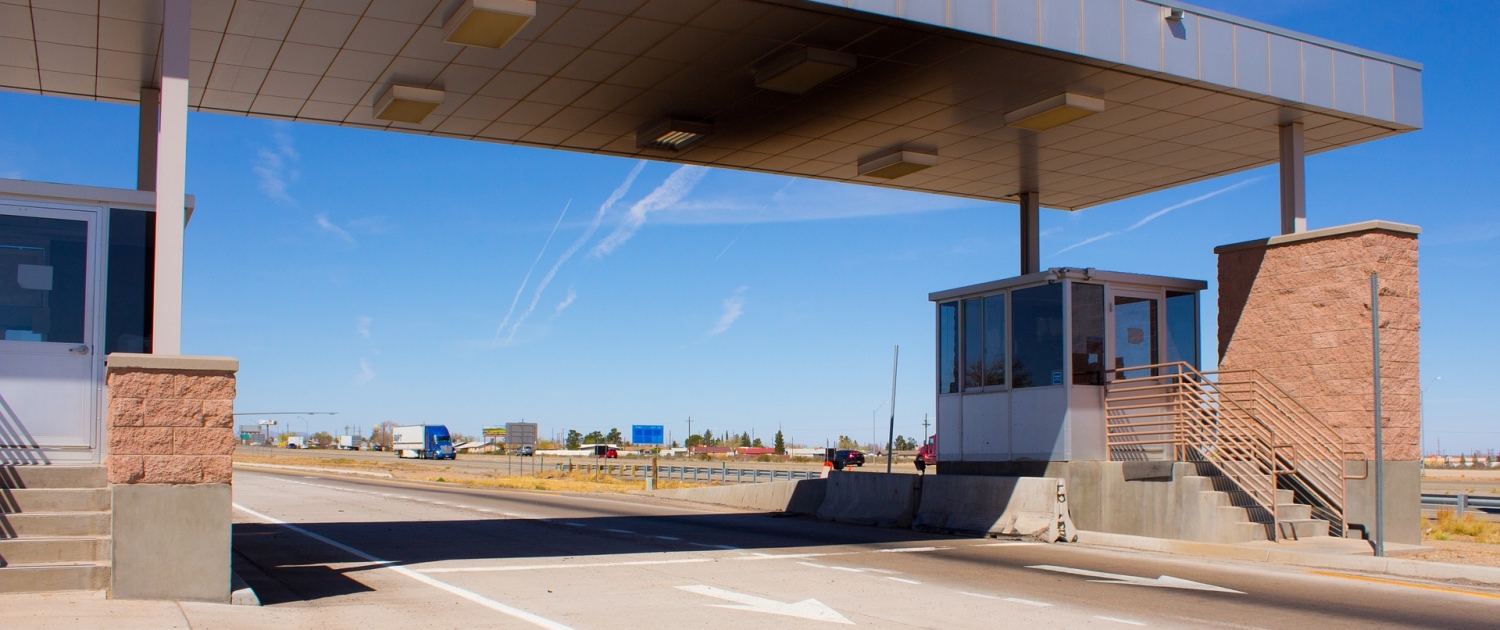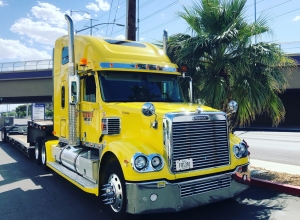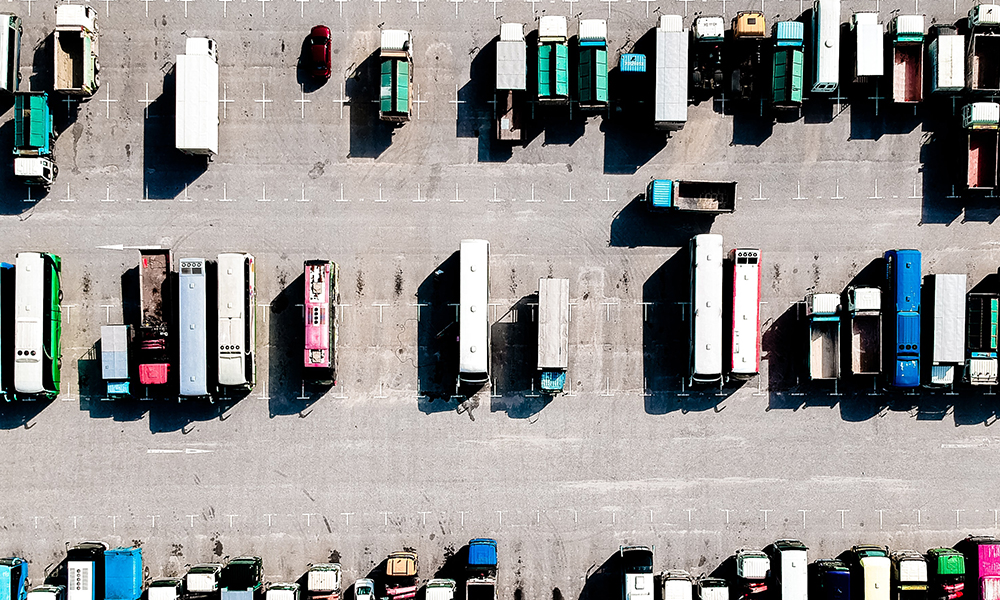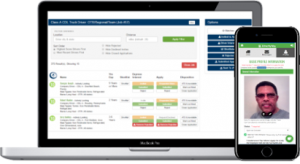
The critical role that American truckers play in our economy and daily life extends far beyond the borders of the United States.
Each day, thousands of CDL drivers cross into Mexico and Canada, delivering essential goods, supporting international trade, and connecting businesses across borders.
Whether you are a seasoned driver or new to international routes, keep reading to discover the challenges of cross-border trucking, the benefits of taking on these routes, and what you need to know to succeed.
What Does a Cross-Border Trucker Do?
Simply put, cross-border trucking involves moving goods by truck across state or international borders.
While crossing state lines is a routine part of any OTR driver’s day, crossing international borders requires dealing with different regulations, customs, and logistical challenges to keep the process smooth and efficient.
The unique challenges and essential nature of this job make it a potentially high-paying opportunity for CDL drivers looking to gain experience and advance their careers. Additionally, the rapidly growing need for cross-border goods transportation ensures that this job will remain in high demand.
Key Requirements to be a Cross-Border Trucker
Like any specialized trucking job, cross-border truckers must comply with certain regulations and requirements. However, because this job involves entering other countries, truckers must also be aware of any additional requirements enforced by the governments of Mexico and Canada.
For American cross-border truckers, the US government requires the following documentation:
- Passport or Enhanced Driver’s License (EDL)
- FAST (Free and Secure Trade) Card for faster border crossing
- C-TPAT (Customs-Trade Partnership Against Terrorism) Certification
- Proper Bill of Lading and customs paperwork
- Cross-border insurance coverage
Challenges of Cross-Border Trucking
It is essential to understand the potential difficulties and challenges of cross-border trucking before pursuing this career.
One of the most common challenges with international truck driving is dealing with delays at the border. Hundreds of thousands of people cross US borders daily, leading to congestion and long wait times. These delays can be further complicated by extensive customs inspections, documentation issues, and varying regulations between countries.
Cross-border truckers must also learn and understand the differences in weight limits, hours of service regulations, and vehicle and environmental standards between the US, Mexico, and Canada. Additionally, for drivers entering Mexico, basic Spanish language skills can be essential.
Weather can also be a challenge when entering parts of Canada, especially in winter months. Be aware of the differing road rules in each country and stay up to date on winter driving safety tips.
Tips for Success
The key to success in cross-border trucking, like any CDL job, is being prepared and managing time well.
To minimize delays at the border, drivers should stay updated on changing regulations and requirements for each country, and ensure all paperwork is in order before reaching the border. Plan routes carefully and allow yourself extra time to account for potential border delays and different time zones.
The U.S. Customs and Border Protection’s Border Wait Time app can be extremely useful in providing real time information on border wait times and conditions. Updated GPS systems can also help plan routes that consider the busiest ports of entry and potential delays.
Looking for more information on unique trucking jobs, industry trends, and career advice? Be sure to check out the rest of our Truck Driver blog posts and connect with us on social media today.

 Most motorists pass weigh stations every day and don’t think much of them. But for truck drivers, weigh stations are a constant presence they need to be aware of while driving. There are currently
Most motorists pass weigh stations every day and don’t think much of them. But for truck drivers, weigh stations are a constant presence they need to be aware of while driving. There are currently 





 Drive My Way
Drive My Way






